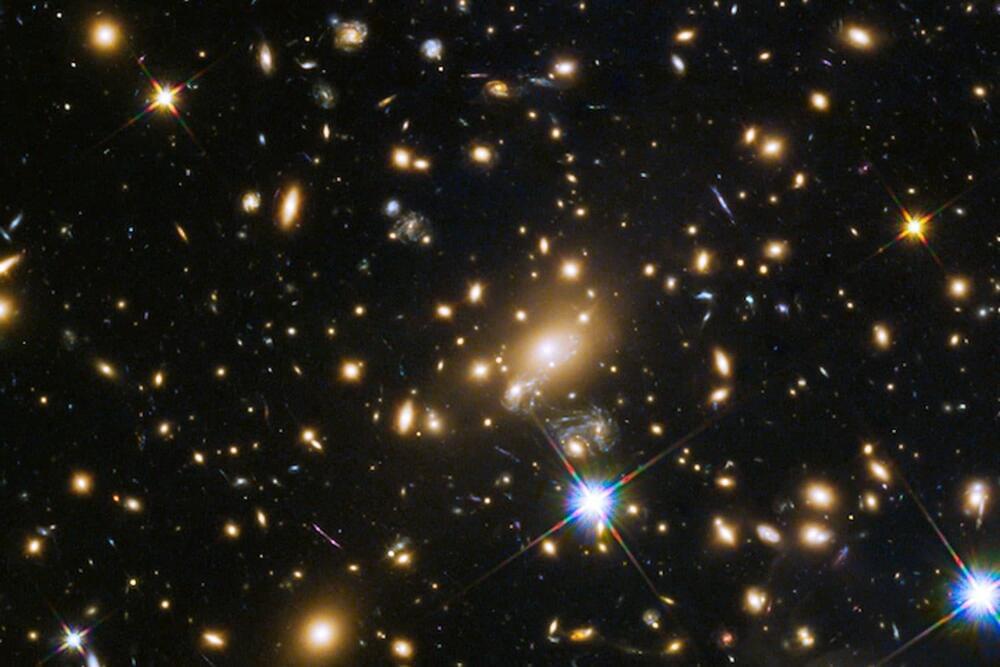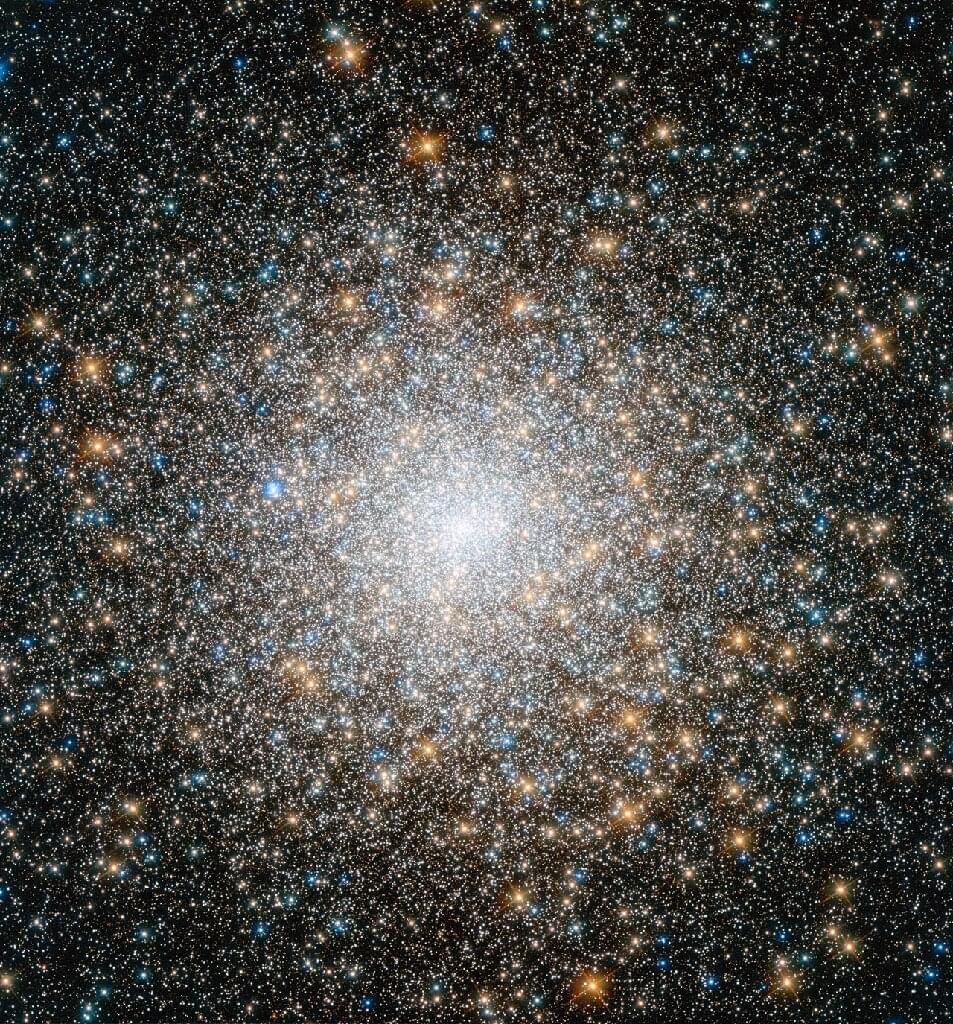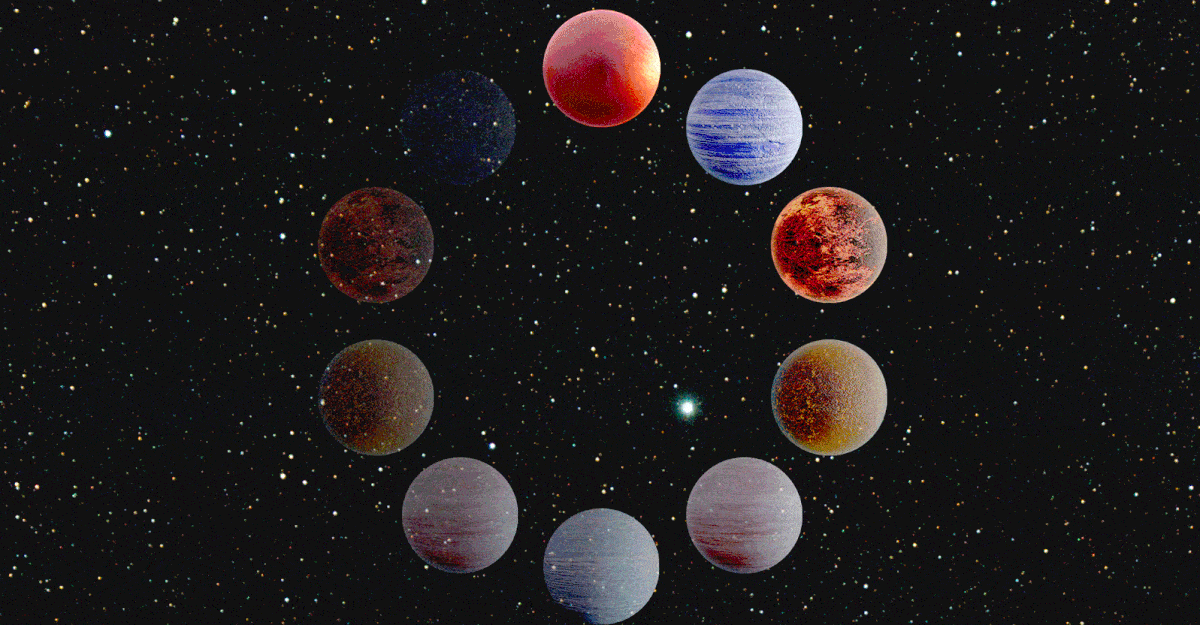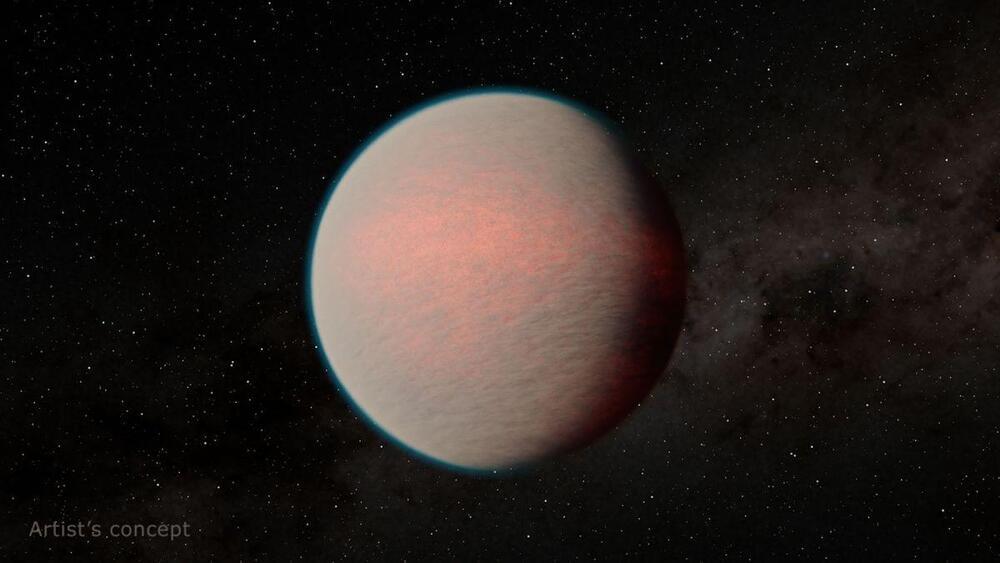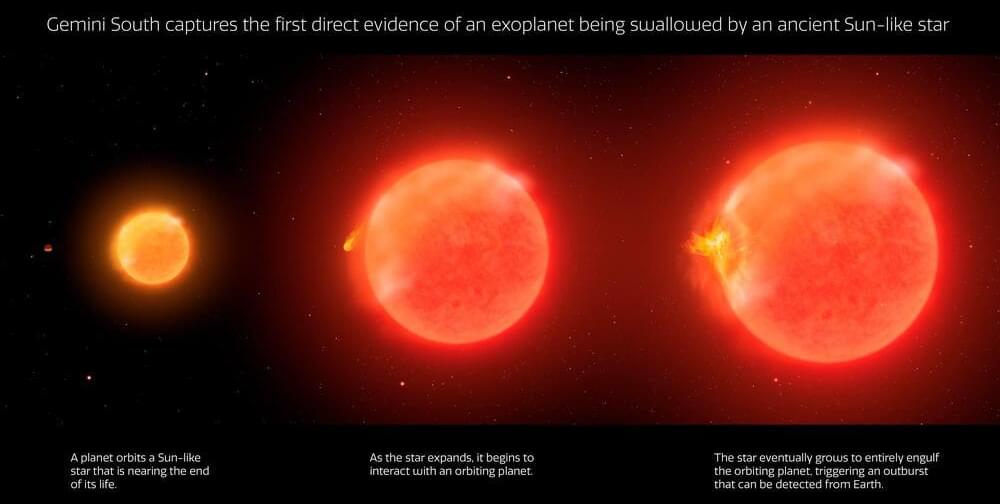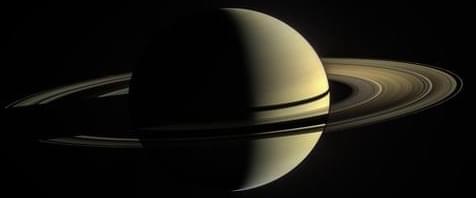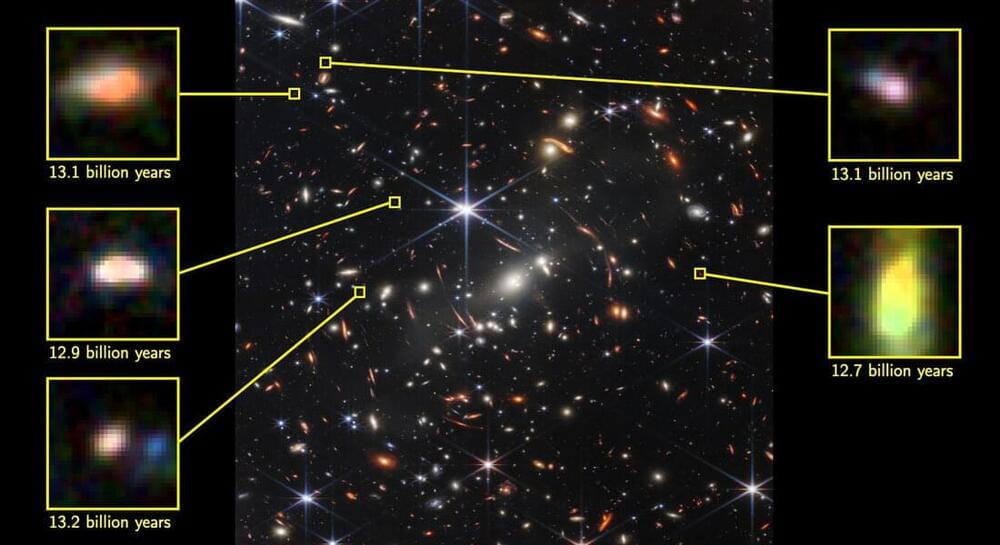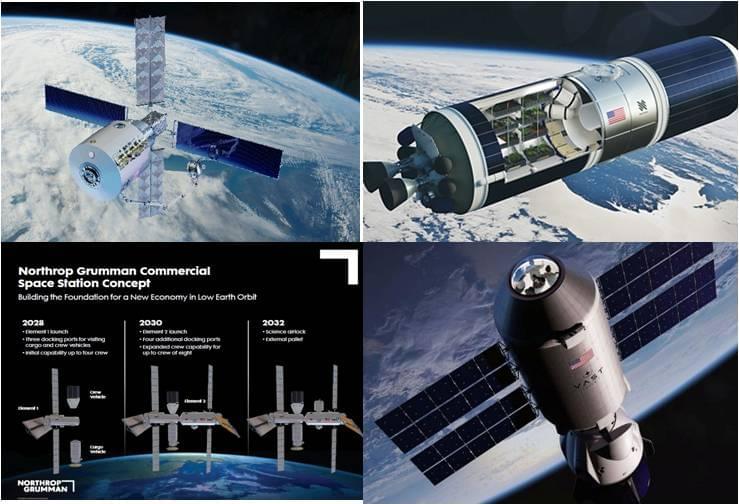Archive for the ‘space’ category: Page 222
May 18, 2023
Webb telescope spots signs of universe’s biggest stars
Posted by Genevieve Klien in categories: chemistry, space
The James Webb Space Telescope has helped astronomers detect the first chemical signs of supermassive stars, “celestial monsters” blazing with the brightness of millions of Suns in the early universe.
So far, the largest stars observed anywhere have a mass of around 300 times that of our Sun.
But the supermassive star described in a new study has an estimated mass of 5,000 to 10,000 Suns.
May 18, 2023
Stability AI open sources its AI-powered design studio
Posted by Gemechu Taye in categories: robotics/AI, space
Stability AI, the AI startup behind the text-to-image model Stable Diffusion, this week announced the release of StableStudio, an open source version of DreamStudio, Stability AI’s commercial AI-powered design suite.
In a blog post, Stability AI writes that it hopes to “foster a project [that] can outpace anything developed by a single company,” alluding to recent investments in the generative AI space from tech giants like Microsoft, Google and Amazon.
“We believe the best way to expand upon that impressive reach is through open, community-driven development rather than a private iteration of a closed-source product,” Stability AI said. “Our goal is to work with the broader community to create a world-class user interface for generative AI [that] users fully control.”
May 18, 2023
A Flash of Recognition in a Lonely Universe
Posted by Genevieve Klien in category: space
Beyond our solar system, the universe is full of planets—but also asteroids, auroras, and other familiar cosmic wonders.
May 18, 2023
James Webb telescope discovers ancient ‘water world’ in nearby star system
Posted by Genevieve Klien in category: space
The James Webb Space Telescope took its first close look at a “mini-Neptune” — the most common type of planet beyond our solar system — and found signs of water.
May 18, 2023
Star consuming exoplanet offers preview of Earth’s fate
Posted by Will Fox in category: space
Astronomers report the first direct evidence of an exoplanet being swallowed by an ancient Sun-like star, a fate that likely awaits the Earth in around five billion years.
May 18, 2023
Space Dirt Reveals Age of Saturn’s Rings
Posted by Saúl Morales Rodriguéz in category: space
Micrometeoroids in Saturn’s rings reveal that these dusty bands are no more than 400 million years old, making them significantly younger than the 4.5-billion-year-old gas giant.
With its wide bands of encircling dust, Saturn’s rings are the biggest and brightest in our Solar System. They are also the most mysterious. Unanswered questions remain about why, how, and when the seven rings formed. Now Sascha Kempf of the University of Colorado Boulder and colleagues have addressed the latter problem, using dust contaminants within the rings to place an upper limit of 400 million years on the rings’ age [1]. Kempf says that for as long as he’s been in the field, astronomers have been discussing whether Saturn’s rings are as old as the planet or if they are younger. Now they know. “They are significantly younger,” he says.
Kempf and colleagues produced their age estimate by studying the contamination rate of the rings by small pieces of rock and debris, known as micrometeoroids. These contaminants are constantly zooming around our Solar System, colliding with objects in their paths. When one of these micrometeoroids hits one of Saturn’s rings it can get incorporated into the ice the rings contain. Kempf and colleagues realized they could use the rate at which this process happens as a clock to reveal the rings’ age.
May 18, 2023
James Webb’s ‘too massive’ galaxies may be even more massive
Posted by Saúl Morales Rodriguéz in category: space
The first results from the James Webb Space Telescope have hinted at galaxies so early and so massive that they are in tension with our understanding of the formation of structure in the universe. Various explanations have been proposed that may alleviate this tension. But now a new study from the Cosmic Dawn Center suggests an effect which has never before been studied at such early epochs, indicating that the galaxies may be even more massive.
If you have been following the first results from the James Webb Space Telescope, you have probably heard about the paramount issue with the observations of the earliest galaxies: They are too big.
From a few days after the release of the first images, and repeatedly through the coming months, new reports of ever-more distant galaxies appeared. Disturbingly, several of the galaxies seemed to be “too massive.”
May 17, 2023
Part 2 on the Race to Create a Permanent Human Presence in Low-Earth-Orbit
Posted by 21st Century Tech Blog in category: space
The Nanoracks Starlab (seen on the upper left) is one of three additional contenders aiming to launch and operate a commercial space station before the end of this decade.
In Part 2 looking at LEO space station deployment we focus on Nanoracks’ Starlab and Outposts, Northrop Grumman, and Vast Space.
May 17, 2023
OpenAI to soon release a new open-source AI model
Posted by Gemechu Taye in categories: robotics/AI, space
The move is a significant development in the world of artificial intelligence.
In what seems like a response to the growing competition in the open-source large language model (LLM) space, OpenAI will soon release a new open-source AI model to the public, reported The Information.
OpenAI hasn’t come up with an open-source model since 2019, and although the news is exciting, it might not be as sophisticated or in direct competition with its proprietary model GPT.
